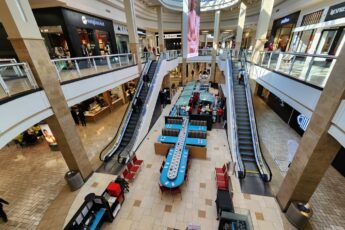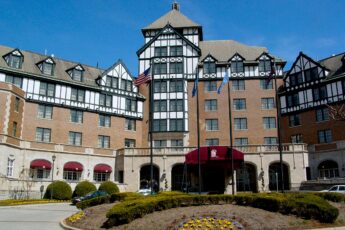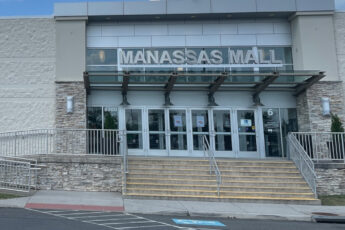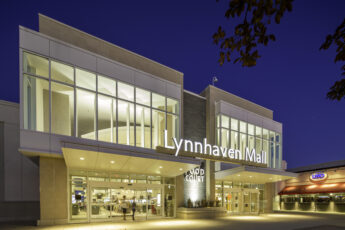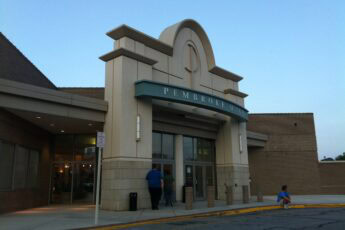Get Ready to Explore: Top Things to Do in Norfolk, Virginia.
In the southeastern Virginia region, Norfolk is a beautiful coastal city that boasts an exciting mix of history, culture, and natural beauty. Situated at the mouth of Chesapeake Bay, Norfolk offers breathtaking waterfront views and a rich maritime heritage that has helped shape the city's identity.
With its mild climate, beautiful beaches, and vibrant downtown area, Norfolk is a popular tourist destination that attracts visitors from all over the world.
Norfolk is renowned for its historic architecture and charming neighborhoods, which date back to the colonial era.
In addition, the city is home to numerous landmarks and museums, including the Chrysler Museum of Art, the Norfolk Botanical Garden, and the Battleship Wisconsin, which is docked at Nauticus, a maritime-themed museum and education center.
Visitors can also stroll through the city's historic Ghent neighborhood, which features beautiful homes and a variety of restaurants, shops, and galleries.
The city's coast location provides ample outdoor recreation opportunities, including fishing, boating, and beachcombing.
Norfolk is also home to several beautiful parks and nature preserves, such as the Elizabeth River Trail and the Norfolk Botanical Garden, which offers more than 175 acres of gardens, lakes, and walking trails.
Additionally, the city's mild climate enables year-round outdoor activities, making it an ideal destination for outdoor enthusiasts.

Norfolk is a city that has something for everyone. Its rich history, vibrant culture, and natural beauty make it a must-visit destination for anyone traveling to Virginia.
Norfolk Botanical Garden
Whether visiting Norfolk, VA, for a day or a weekend, Norfolk Botanical Garden is a great place to explore.
You can walk along the beautiful waterfront trails and see the local flora. You can also enjoy a variety of seasonal exhibits and attractions.
You'll find Norfolk Botanical Garden on Azalea Garden Road. The park is divided into three significant sections. The first is the Mirror Lake garden.
The other two include the Japanese garden and the Colonial Herb Garden. You can also take a tram tour to look closely at the sights.
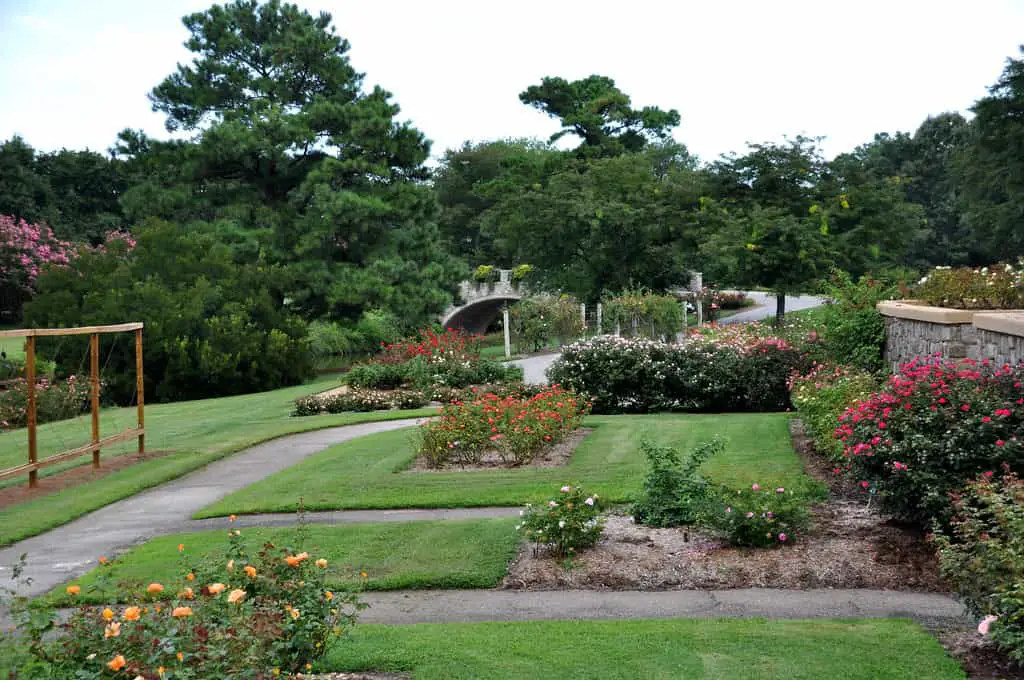
The other feature you won't want to miss is the Enchanted Forest. It's home to some ancient trees. You'll also find the Bicentennial Rose Garden, which features a variety of plants.
Chrysler Museum of Art
The Chrysler Museum of Art is an architectural marvel in Norfolk, Virginia. The building is inspired by Renaissance-style architecture and reflects the elegance of the past.
In addition to its extensive permanent collection, the museum also maintains two historic houses that are open to visitors.
The Moses Myers House was a home built by a wealthy Jewish family. Its contents include ceramics, silver, and portraits of John Wesley Jarvis and Gilbert Stuart.
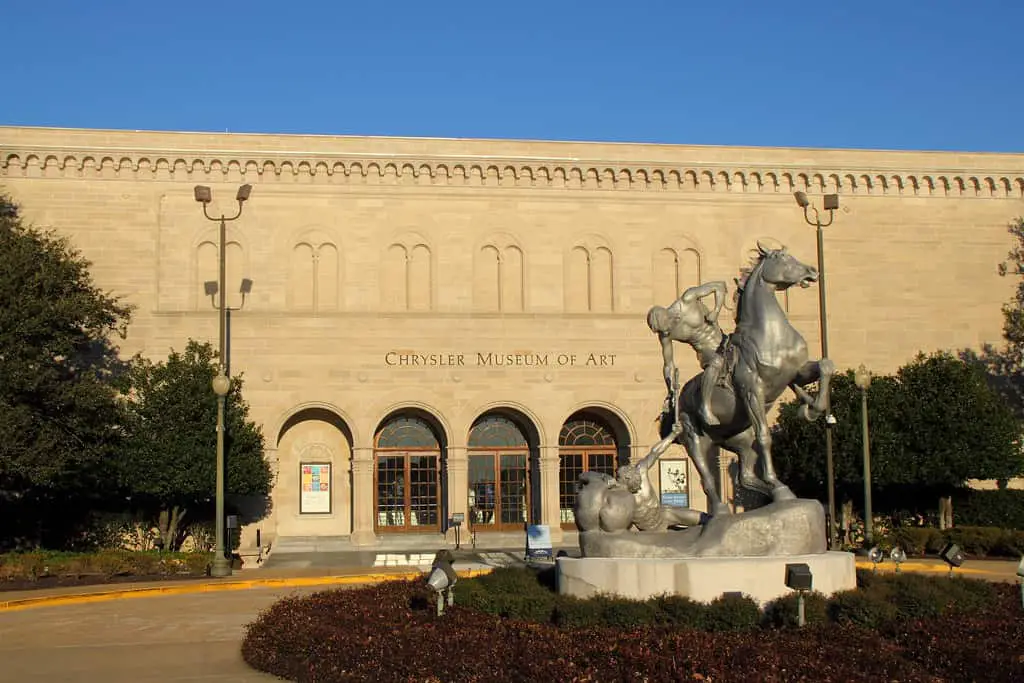
The museum's Impressionist Gallery features works by Cezanne, Gauguin, and Rodin. The African and ancient worlds are also represented.
The Chrysler Museum is also home to an extensive collection of glass. It is the second largest in the United States.
The museum also has a glassblowing studio and flameworking shop. In addition, it has a reputation for cutting-edge performance evenings.
Virginia Zoo
Located in Norfolk, VA, the Virginia Zoo is one of the best places in the state to see and learn about animals.
Guests will have the opportunity to see over 500 animals on more than 53 acres of beautifully landscaped grounds. There are also several themed gardens and habitats.
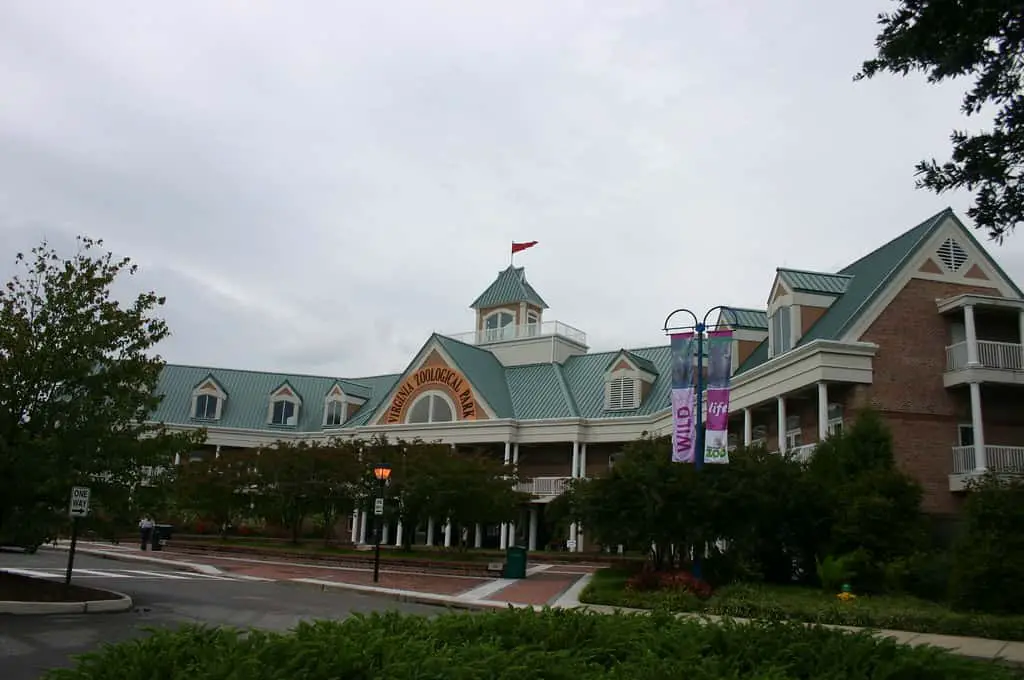
The zoo boasts a wide array of exciting displays and habitats. Visitors can enjoy feeding Masai giraffes, riding the Zoo train, and going behind the scenes to see how the animals are kept safe.
In addition to the animals, the zoo hosts a variety of fun events throughout the year. Kids and families can enjoy educational programs, camps, and birthday parties.
Additionally, the zoo features a cafe that serves lunch and snacks. A unique gift shop is also available.
USS Wisconsin BB-64
During her World War II service, USS Wisconsin BB-64 earned six battle stars. After WWII, she was converted into a museum ship in Norfolk, Virginia.
There, visitors can step into her 16" triple turret. These massive guns ranged from 23 nautical miles and could fire 2,700-pound shells.
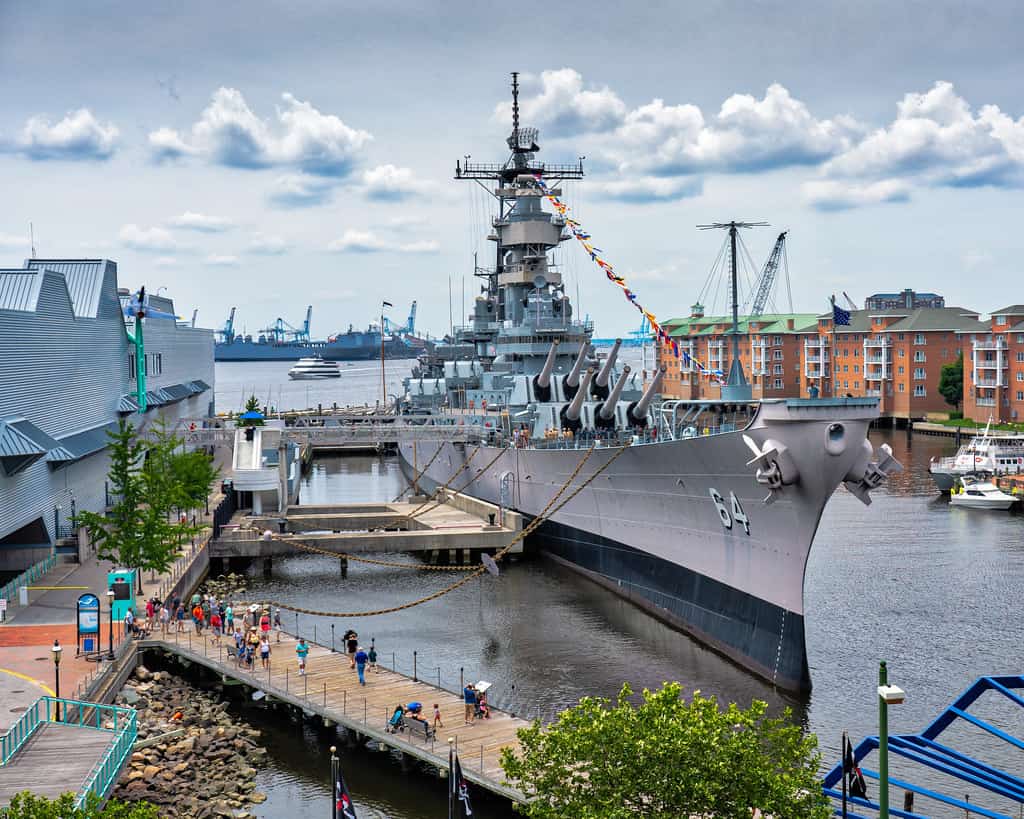
Wisconsin is a World War II Iowa-class battleship. Its keel was laid down on January 25, 1941. She was launched on December 7, 1943. Its first deployment was in the Pacific.
The vessel was later involved in the Korean War. It was a naval flagship, supporting landings on Okinawa and Iwo Jima. It also helped neutralize Japanese forces in the Philippines.
The USS Wisconsin BB-64 is a warship with a sleek profile and massive guns. It was the third of four Iowa-class battleships.
It is in perfect condition and has been permanently moored as a museum ship. It is part of the Nauticus complex in Norfolk.
It has over 55,000 square feet of exhibit space and extensive educational programs. In addition, there is a gift shop and aquaria. It is on the National Register of Historic Places.
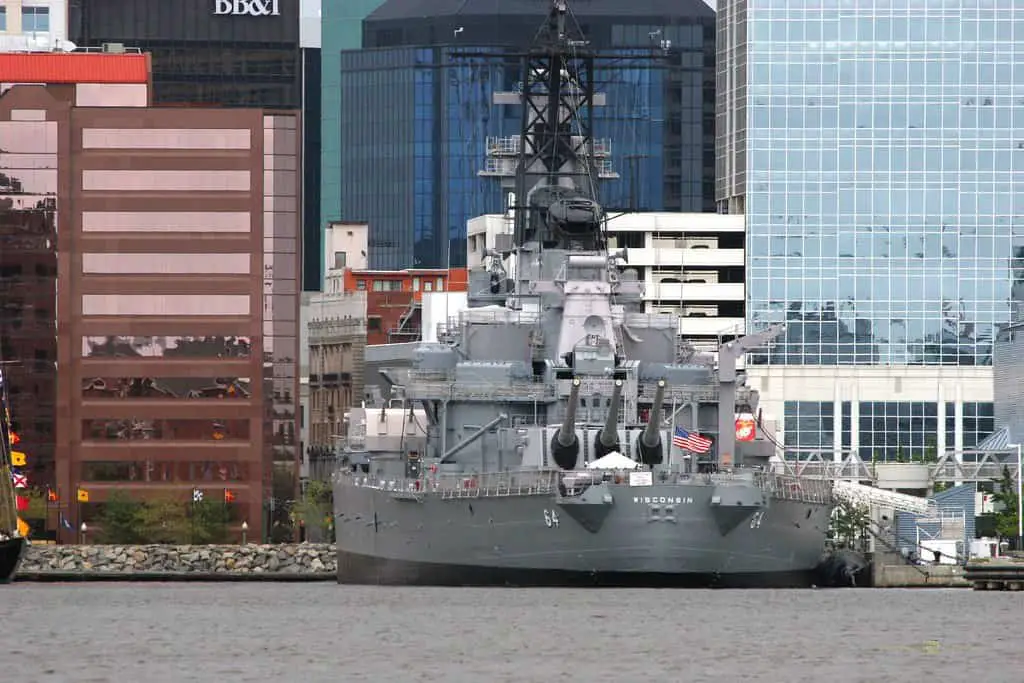
When Wisconsin arrived in Norfolk, she underwent major repairs in the Naval Shipyard. However, the repairs were not complete until two months after her arrival.
During the ship's recommissioning on March 3, 2009, Captain Thomas Burrowes was in command. In the months following, she participated in US Naval Reserve Training cruises.
Harrison Opera House
Initially constructed in 1943, the Harrison Opera House has a seating capacity of 1,632 and is home to the Virginia Opera.
It also houses the Virginia Symphony Orchestra. The Virginia Opera Company is the official opera company of the Commonwealth of Virginia.
The Harrison Opera House is situated in the Neon District of downtown Norfolk. It is located just a short distance from the Ghent Square neighborhood.
The theater is the home of the Virginia Opera Company, which produces four productions annually.
In addition to performing at the Harrison Opera House, the Virginia Symphony Orchestra often performs there when they are not performing at Chrysler Hall.
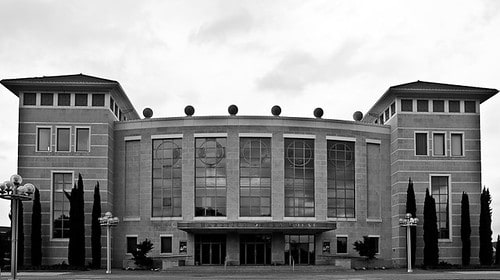
The Harrison Opera House was designed as an entertainment facility for local troops during World War II.
The Work Projects Administration funded the building's construction. In addition to being an opera facility, it also served as an arena.
The Harrison Opera House was renovated in 1993. The auditorium was enclosed on three sides with a modern, postmodern addition. The east end of the building remains essentially unchanged.
This site is now used for scenery construction. The west end features a historic facade that mirrors the original. The upper and lower lobby has tiered chandeliers and large plate glass windows.
The box seating was added to the proscenium. The audience section can seat hundreds to thousands of people.
The Harrison Opera House has many special events and performances scheduled for the coming years.



